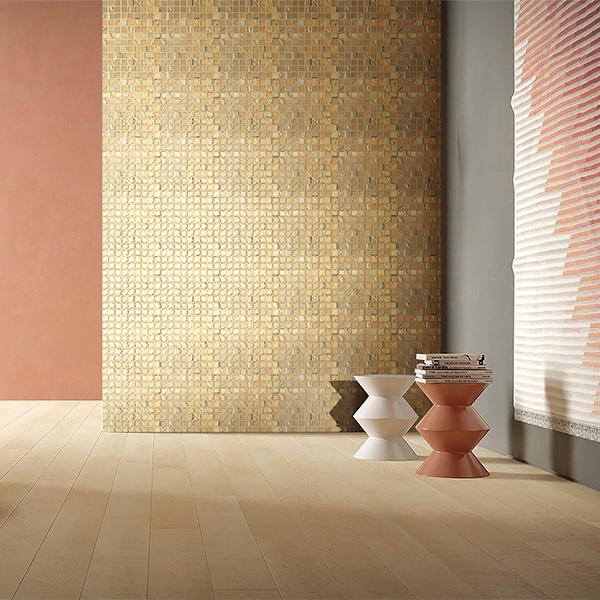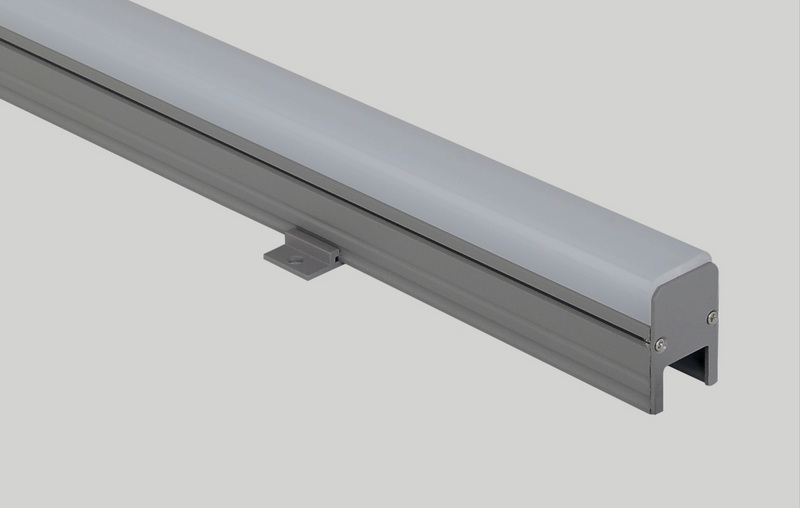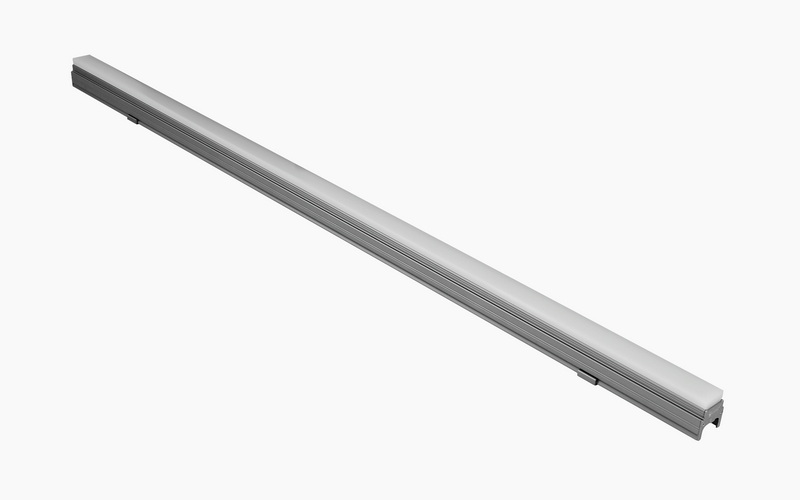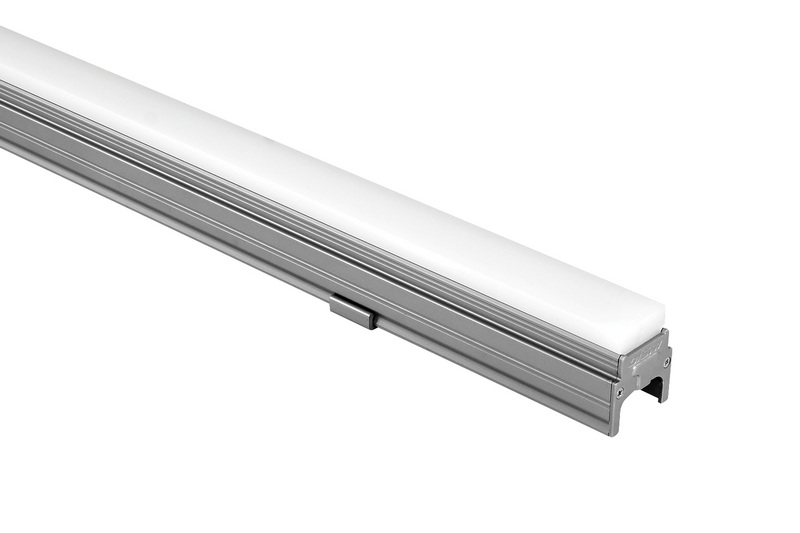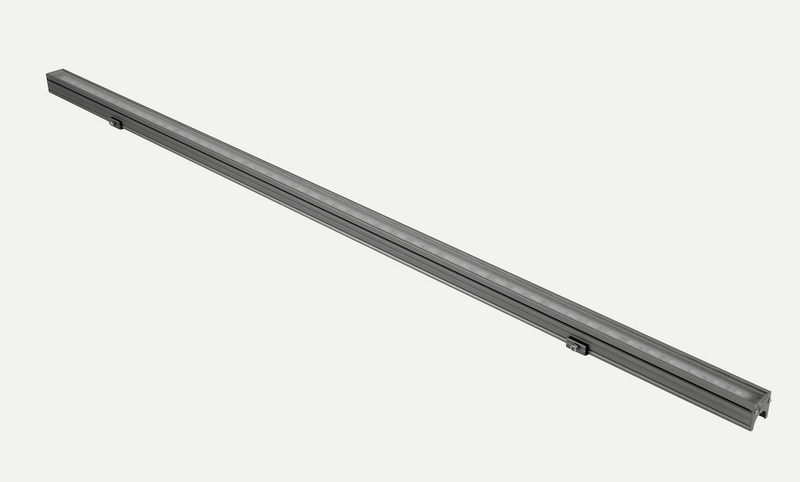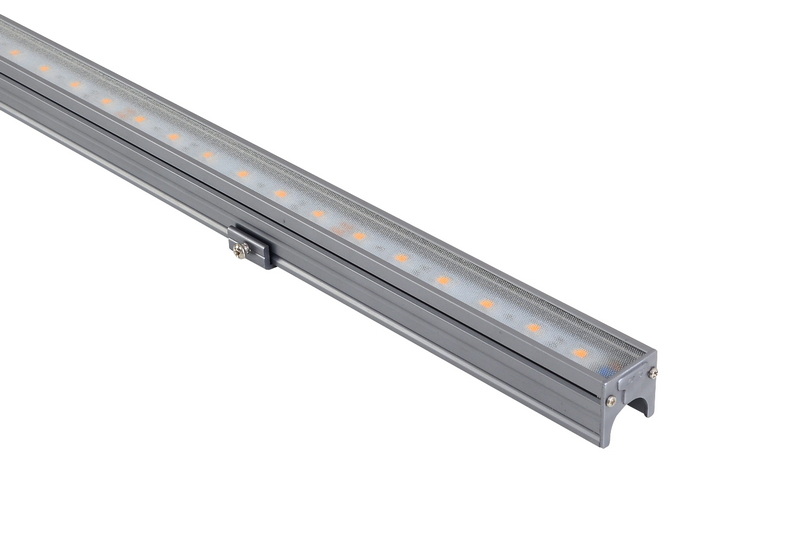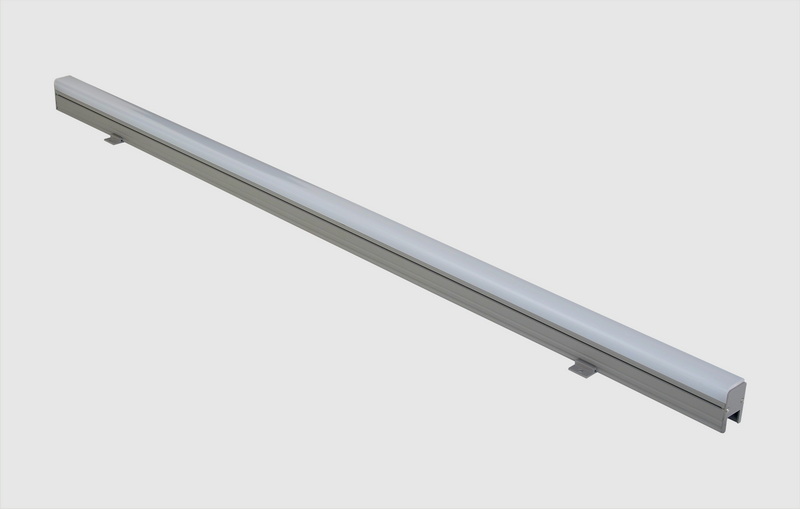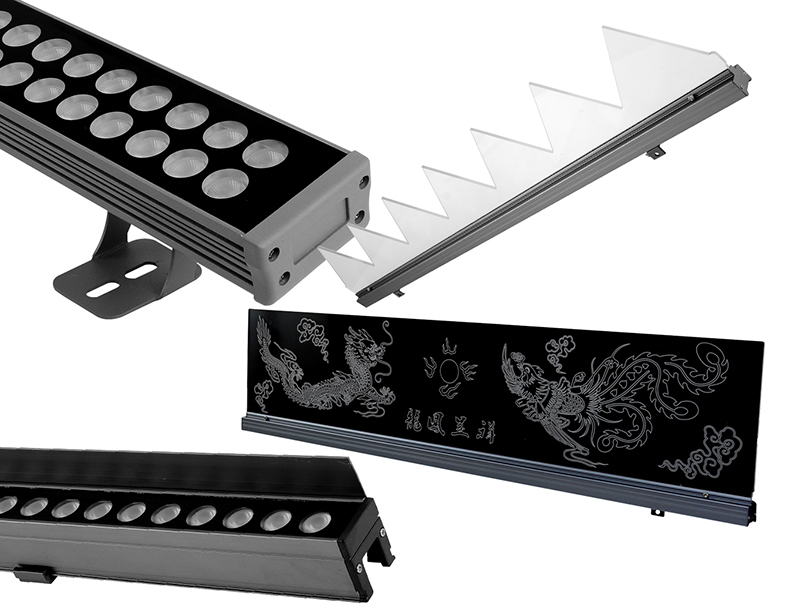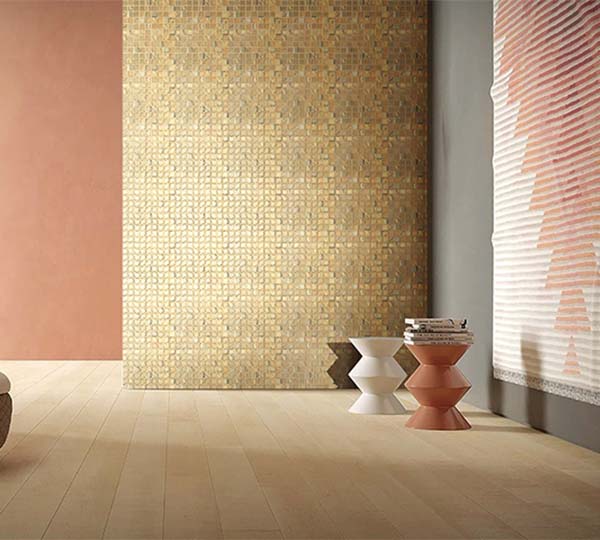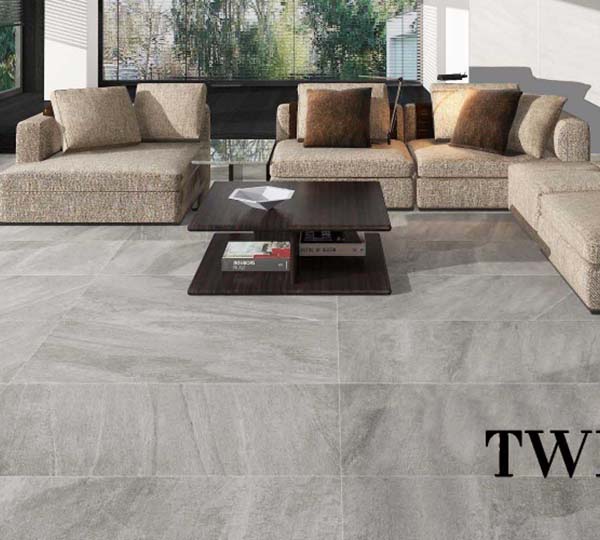GUANYU DECOR- YOUR BEST CHOICE OF ONE STOP PRODUCT SOLUTION PROVIDER.
25+ Years Mosaic&Tile Producer|One-stop Products Supply of Decoration Materials
Description
Definition and Core Architecture
Linear lighting refers to elongated luminaires with a length-to-width ratio exceeding 5:1, typically utilizing LED modules as primary light sources. The system comprises three critical components:
- Light Emitting Modules: High-density COB (Chip-on-Board) LEDs with a luminous efficacy of 120-150 lm/W
- Optical Structures: Precision-engineered reflectors or PMMA diffusers ensuring uniform light distribution (UGR<19)
- Thermal Management: Aluminum alloy heat sinks maintaining junction temperature below 85°C for prolonged lifespan
Technical Advantages
- Energy Efficiency: 80% lower power consumption compared to fluorescent linear fixtures (12W/m vs. 60W/m)
- Color Consistency: Δu’v'<0.003 within MacAdam 3-step ellipse, achieved through binning processes
- Durability: IP65-rated waterproofing and IK08 impact resistance for harsh environments
Classification by Application
| Type | Typical Use Case | Technical Specs |
|---|---|---|
| Architectural | Facade lighting, cove lighting | CRI>90, 3000K-4000K adjustable |
| Commercial | Retail display lighting | 0-10V/PWM dimming, 120° beam angle |
| Industrial | Warehouse aisle lighting | 5000K, 1500lm/m, 100,000-hour lifespan |
Emerging Technologies
- Smart Linear Systems: Integration with DALI-2 protocols and IoT platforms (e.g., Zigbee 3.0) for adaptive lighting control
- Human-Centric Lighting: Tunable white technology (2200K-6500K) mimicking circadian rhythms
Installation Considerations
- Electrical Requirements: 24V DC or 277V AC input with Class 2 wiring
- Mounting Methods: Recessed, surface-mounted, or suspended configurations
- Maintenance: Modular design allowing individual LED module replacement
our best Product
Product We’re Offering
+86 757-85390072
+86 13709650148
News
News



